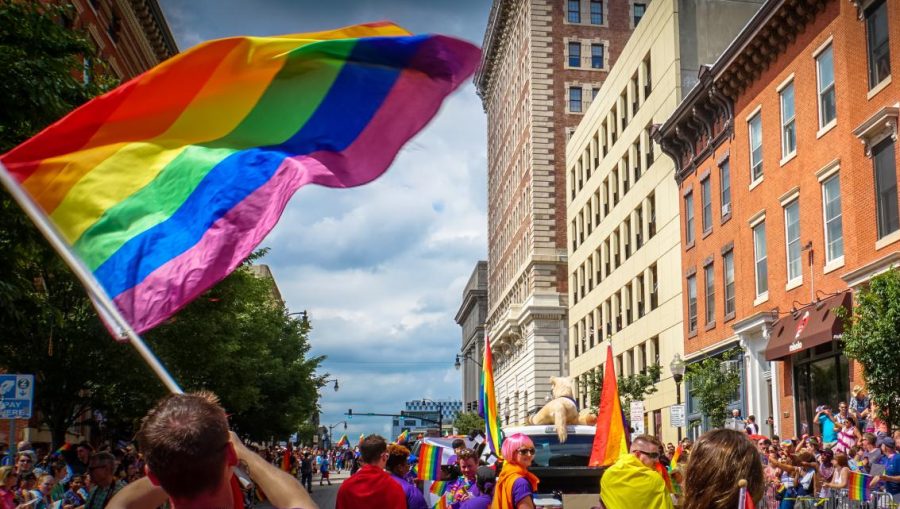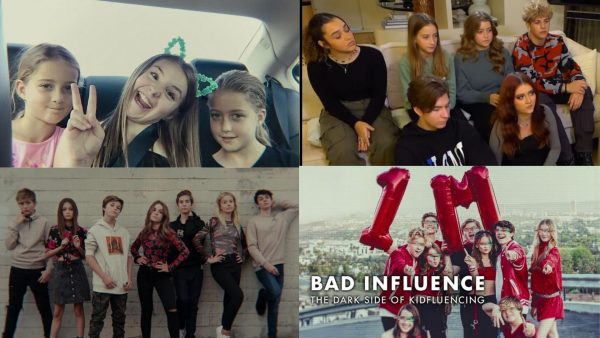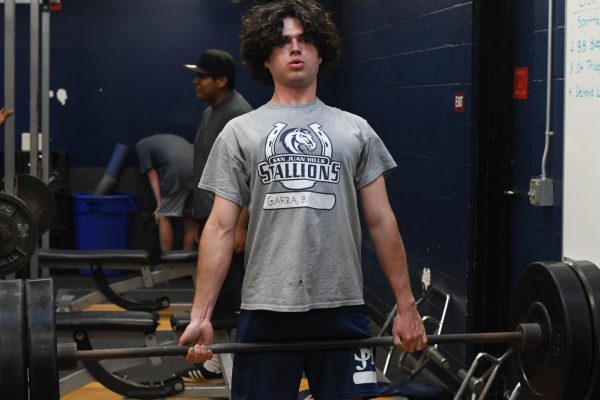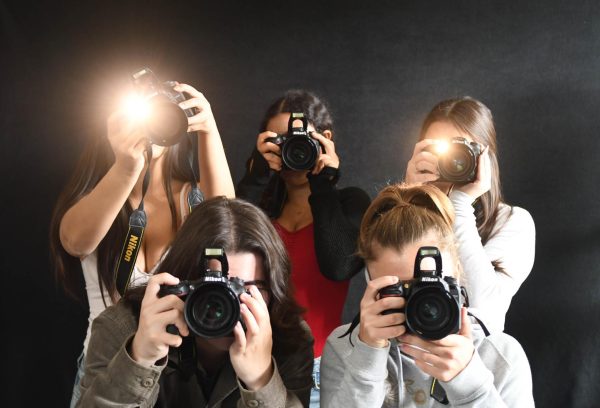Gen Z Is Paving the Way for the Future of LGBTQIA+ Americans
Photo Courtesy of Hattaway Communications
On June 28, 1970, the first pride parade filled the streets of New York. Now, more than 50 years later, pride parades are just one example of queer visibility our generation has been exposed to. With each coming year, there are more and more resources for LGBTQ youth in America.
1 in 6 Gen Z individuals is part of the LGBTQ community. And that’s just those who were born before 2003.
A Gallup poll conducted in early 2021 has revealed that with each new generation, the percentage of American adults who identify as queer have grown exponentially. While just 2% of Baby Boomers identify as LGBTQ, this increased to 4% with Gen X, then to 9% with Millennials. Gen Z adults are already 16% LGBTQ, and as more of us reach 18, that number is expected to increase.
These growing numbers have been viewed skeptically, especially by older generations. Many view this increase as more teenagers simply “becoming” queer, changing their labels and sexuality simply because it is what those around them are doing. The explosive increase in younger generations identifying as LGBTQ is certainly shocking, and it is only expected that it has caused this type of fearful backlash from older Americans.
Gay marriage was legalized across the country only 7 years ago, and the US is just beginning to implement laws that protect the LGBTQ community. Gen Z is one of the first generations to have grown up in an environment where queerness and homosexuality weren’t primarily seen as “taboo,” or something to be avoided.
We were the first to be exposed to media that celebrated queerness from an early age. Queer artists such as girl in red, Lil Nas X, and Clairo have become extremely popular. More and more young adult literature and shows are featuring queer stories and characters. Accepting communities for queer teens have grown and thrived on social media apps such as Tik Tok, providing the tools and education needed to properly explore their identities.
As more and more queer individuals feel safe and comfortable to come out and share their identities with those around them, they also expose those around them to new identities, consequently normalizing them. This representation could lead to others having an education and environment that encourages them to come out themselves. This domino effect is a potential explanation for why the number of queer adults has grown so exponentially with Gen-Z.
Gen-Z is most likely not any queerer than the generations that have come before us. There is evidence of the existence of queer people throughout almost all recorded human history. Gen-Z, however, is one of the first generations to have grown up in an environment where queer people have visibility, resources, and safe communities at their disposal.
Additionally, it should be noted that of the 16% of Gen-Z that identify as LGBTQ, around 70% of them identify as bisexual. Most of these teens experience bisexuality to different degrees, with some describing themselves to be 70% attracted to one gender and 30% to the other.
The amount of teens who identify as nonbinary has also been growing. According to the Trevor Project, 1 in 4 LGBT teens identify as nonbinary.
Perhaps it is time for us to begin viewing both gender and sexuality as spectrums, rather than just either-ors. With each new generation, it is becoming glaringly obvious that humans are queerer than we thought we were, many of these queer individuals identifying as bisexual or nonbinary. Humans fall, and perhaps have always fallen, somewhere along these spectrums—not just on either side of them.
Of course, our society is still one that can be cruel and unforgiving toward LGBTQ adults. For every progressive law that has been passed, countless discriminatory and hateful laws have made it onto the desks of governors and prominent politicians. We are still in the midst of an epidemic of hate, with queer teens experiencing increased violence, suicide, and rates of homelessness.
Despite all this distressing information, it is undeniable that America is progressing in regards to queer visibility and rights. As newer generations begin to accept who they are and uplift those around them, there is hope for the future of LGBTQ individuals in our country.
Your donation will support the student journalists of San Juan Hills High School. Your contribution will allow us to cover our annual website hosting costs.

Anna Ho is a senior and is in her first year on The Express as both Clubs and Captions editor. When not studying, she likes to spend time out with her...






